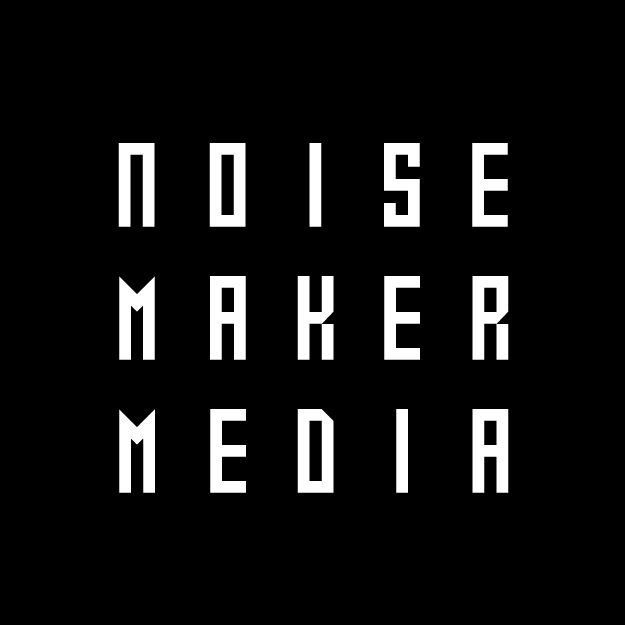The Illusion of Originality: Why Privilege Produces Hollow Creativity
TL;DR: Originality in the arts is often an illusion shaped by privilege. While some create out of necessity, others experiment without stakes, leading to a system where authenticity is undervalued, and access dictates recognition. True innovation comes from those who have to create, not those who choose to.
Creativity is often hailed as the great equalizer—a space where ideas transcend social and economic barriers. But in reality, originality and authenticity are deeply shaped by access, privilege, and lived experience. While some artists create out of necessity, others have the luxury of treating creativity as an intellectual exercise rather than a means of survival. This imbalance often leads to the illusion of originality, where privilege allows for experimentation without stakes, while those with lived experiences of struggle are overlooked or forced to compromise their authenticity for visibility.
The Illusion of Risk: When Art Is a Choice, Not a Necessity
The most transformative creative movements—hip-hop, jazz, techno, punk—emerged not from institutions or well-funded art collectives but from communities on the margins. These were not art forms born out of leisure but out of necessity, created as responses to cultural and economic oppression. Yet, in privileged creative spaces, originality is often reduced to an aesthetic choice rather than a necessity for expression. Artists who do not need to struggle for survival can afford to “experiment” with forms of expression that others have lived through, often appropriating without accountability.
This raises a critical question: Is originality truly valuable when there is no real risk involved? When artists create without consequence—knowing they will be funded, promoted, or institutionally supported—does their work hold the same cultural weight as those whose creative voices emerged from struggle? The answer is often evident in how deeply such work resonates. Art that lacks lived experience often feels performative rather than personal.
Access and Gatekeeping: Who Decides What Is Original?
In affluent creative circles, there is an unspoken hierarchy of taste and legitimacy, controlled by institutions, funding bodies, and curators who dictate what is recognized as "important" art. These decision-makers overwhelmingly come from privileged backgrounds, creating a system where those with existing access continue to define originality, while those outside these circles must fight for recognition.
A clear example of this imbalance can be seen in regional arts communities like those in the Hudson Valley, where affluence shapes creative expression. Many of the artists in these spaces are transplants from wealthier backgrounds, with institutional connections that allow them to showcase their work in galleries and receive grants. Meanwhile, local and marginalized voices often struggle to gain the same level of visibility. Institutions may champion diversity initiatives, but real power remains in the hands of the same demographic, reinforcing exclusivity while marketing inclusivity.
“Institutions may champion diversity initiatives, but real power remains in the hands of the same demographic, reinforcing exclusivity while marketing inclusivity.”
Appropriation vs. Innovation: Who Profits from Originality?
One of the most glaring contradictions in the art world is how privilege allows some to borrow and repurpose cultural narratives while others are forced to defend their authenticity. White artists, for instance, are often praised for their ability to "reinterpret" or "push boundaries" when engaging with themes of struggle, trauma, or cultural resistance. In contrast, artists from historically marginalized communities are frequently asked to dilute their work for marketability or risk being excluded from mainstream platforms altogether.
The fine art world, music industry, and even independent creative spaces are filled with examples of this phenomenon. Consider how hip-hop was once dismissed as a “fringe” or “low art” form until it became a global industry dominated by corporate interests. The same pattern has played out with graffiti, streetwear, and even the underground electronic music scenes, where once-radical movements were repackaged for mass consumption—often by those who did not build these cultures but found ways to profit from them.
The Responsibility of Authenticity
For those of us who come from communities where art is a language of survival, authenticity is not a brand—it is a responsibility. The resistance that comes with being true to one’s creative identity is often met with friction, as authenticity challenges systems that thrive on imitation and safe, marketable narratives. While institutions reward those who conform, the most groundbreaking work has always come from those who refuse to fit the mold.
As the creative landscape continues to shift, we must ask: Who benefits from originality, and who pays the price for it? If originality is truly the gold standard, then why are the most authentic voices often the most marginalized?
Reclaiming Creativity on Our Own Terms
The future of creativity should not be dictated by those who have always had access. True innovation comes from those who create because they have to, not because it is fashionable or financially convenient. As artists, curators, and cultural producers, we must actively work to dismantle the structures that define originality through privilege and instead uplift voices that create from necessity, depth, and lived experience.
Real originality is not just about being different—it’s about being real. And that is something that privilege alone can never manufacture.




